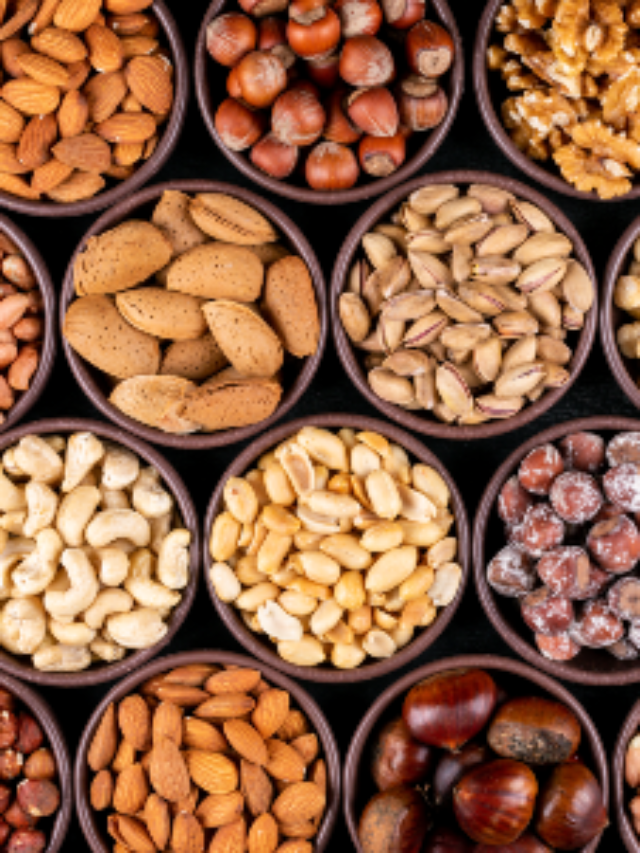10 Traditional Canadian Foods You Need to Try:
Canada’s culinary landscape is rich with diverse influences, blending Indigenous traditions with European, particularly French and British, flavors. From hearty comfort foods born out of necessity to decadent desserts that satisfy sweet cravings, Canadian cuisine reflects the country’s cultural heritage and regional diversity. Here are some quintessential dishes that define traditional Canadian fare and also the history of traditional Canadian foods:
Canadian Poutine
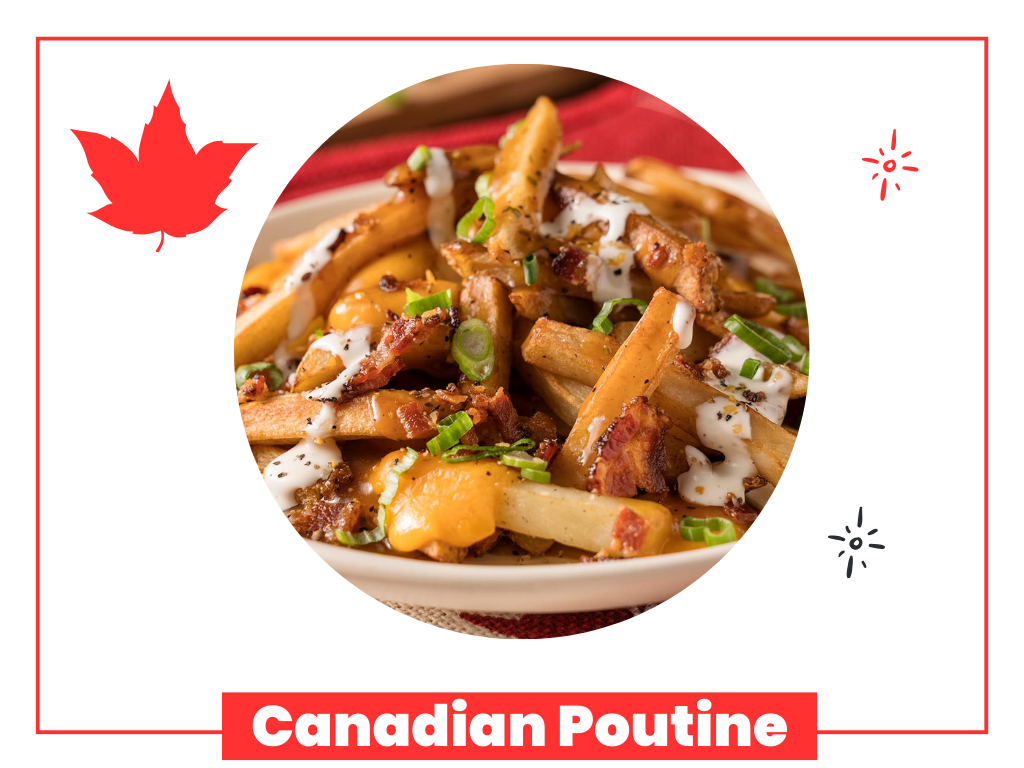
A beloved Canadian dish made of French fries topped with cheese curds and smothered in gravy.
Poutine is a dish that originated in Quebec, Canada, consisting of French fries topped with fresh cheese curds and smothered in gravy. It’s known for its savory and indulgent flavors.
History Of Poutine
The exact origin of poutine is debated, but it is generally believed to have emerged in the late 1950s or early 1960s in rural Quebec. Some stories credit Fernand Lachance of Warwick, Quebec, while others attribute it to various diners in the region. Poutine has since become a symbol of Canadian cuisine and is enjoyed across the country and internationally.
Butter Tarts
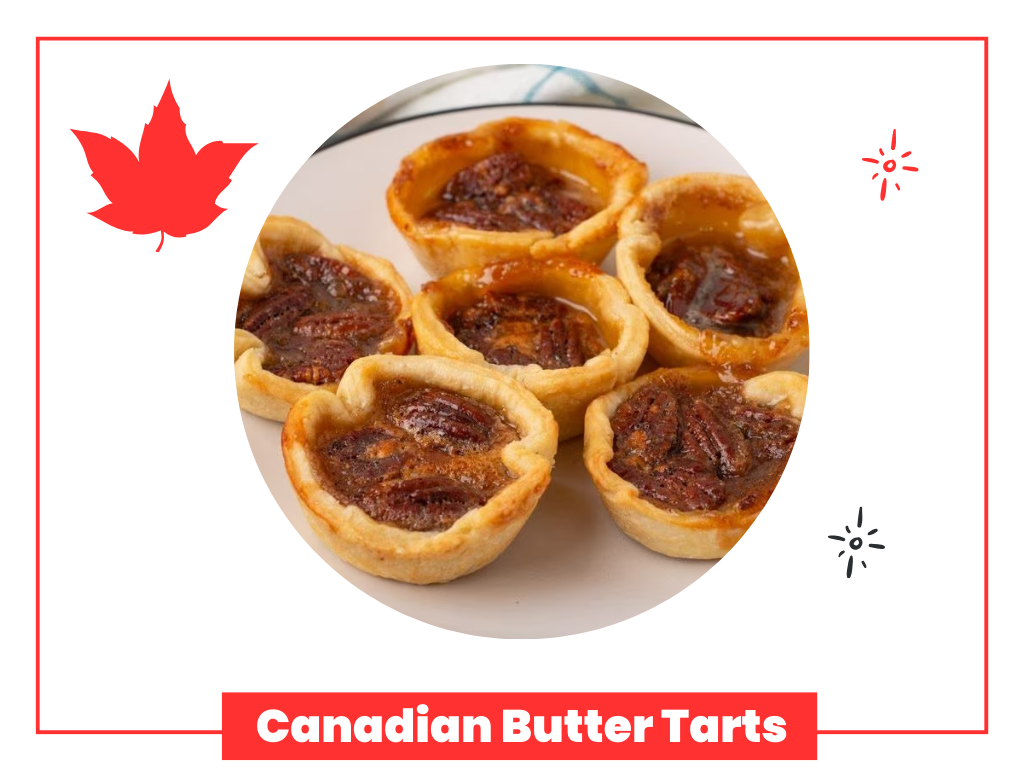
Small pastries filled with a gooey, buttery filling, often containing raisins or pecans.
Butter tarts are small pastries with a flaky crust filled with a sweet mixture of butter, sugar, and eggs. They often include additions like raisins, nuts, or chocolate chips.
History of Butter Tarts
Butter tarts have roots in Canadian pioneer history, with recipes dating back to the late 19th or early 20th century. They are believed to have originated from Ontario or Quebec and have evolved over time, becoming a beloved Canadian dessert enjoyed during holidays and special occasions.
Nanaimo Bars
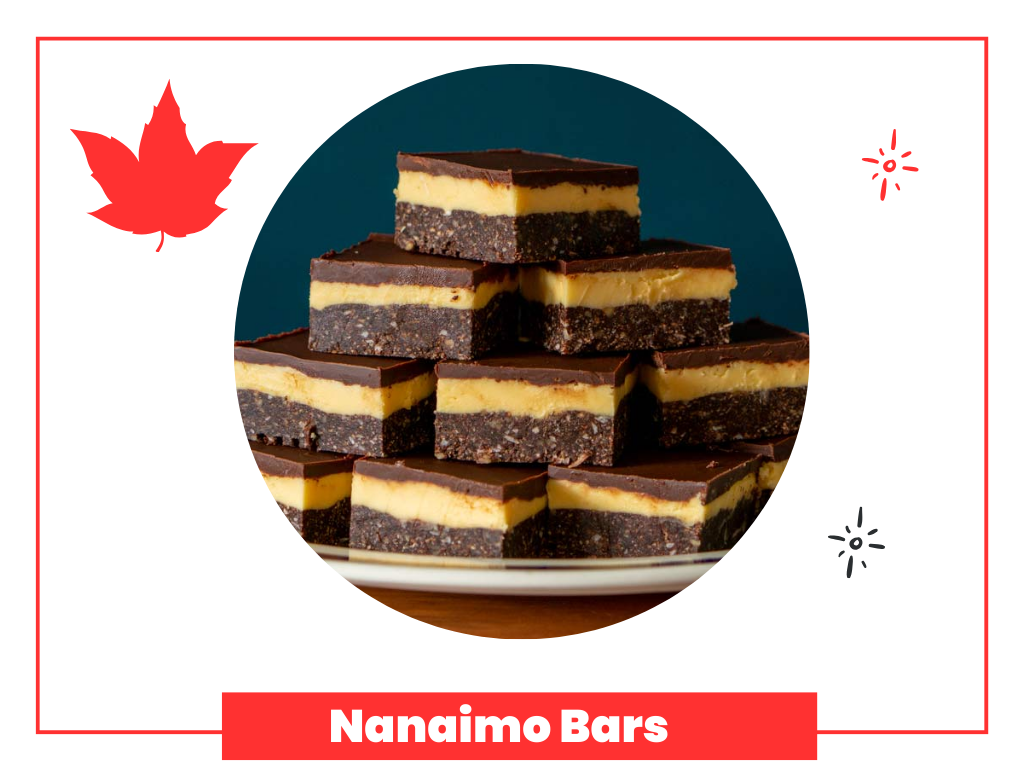
A no-bake layered dessert bar consisting of a wafer crumb base, custard-flavored butter icing in the middle, and a layer of chocolate ganache on top.
Nanaimo bars are a no-bake dessert consisting of three layers: a crumbly base made of chocolate, coconut, and nuts; a custard-flavored middle layer; and a smooth chocolate ganache topping.
History of Nanaimo Bars
Nanaimo bars are named after the city of Nanaimo in British Columbia. The earliest known recipe dates back to the 1950s, and the dessert gained popularity across Canada through community cookbooks and baking competitions. Nanaimo bars are now considered a quintessential Canadian treat.
BeaverTails
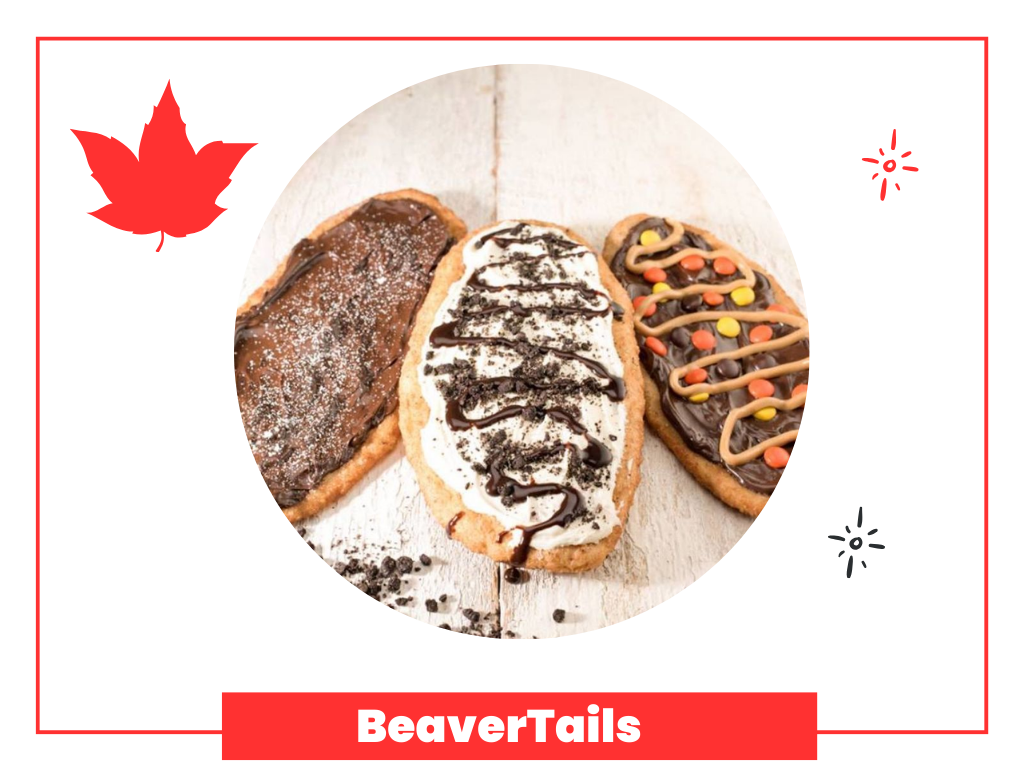
Fried dough pastries stretched to resemble a beaver’s tail, often topped with various sweet toppings like cinnamon sugar or chocolate hazelnut spread.
BeaverTails are fried dough pastries stretched into the shape of a beaver’s tail. They are often served hot and topped with sweet toppings like cinnamon sugar, chocolate spread, or fruit preserves.
History of BeaverTails
The BeaverTails brand originated in Ottawa, Ontario, in the late 1970s. Inspired by traditional Aboriginal fry bread, the pastries were adapted into a modern snack with various sweet toppings. BeaverTails have since become a popular Canadian street food and are enjoyed at festivals and tourist attractions.
Montreal-style Bagels
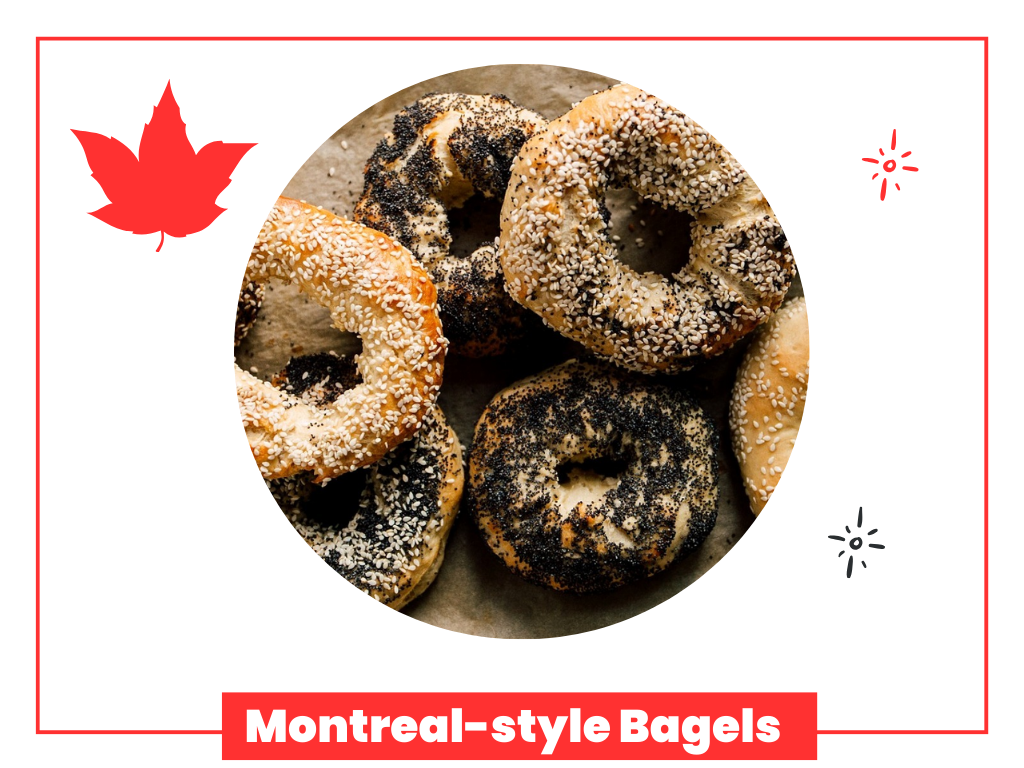
Smaller and sweeter than New York-style bagels, they are boiled in honey-sweetened water before being baked in a wood-fired oven.
Montreal-style bagels are smaller, denser, sweeter, and chewier than New York-style bagels. They are boiled in honey-sweetened water before being baked in a wood-fired oven.
History of Montreal-style Bagels
Montreal-style bagels have roots in Jewish immigrant communities in Montreal, Quebec, dating back to the early 20th century. They were traditionally hand-rolled, boiled, and baked in small neighborhood bakeries. Montreal bagels are known for their distinctive flavor and texture and are often enjoyed with cream cheese or smoked salmon
Tourtière

A savory meat pie originating from Quebec, typically filled with finely minced pork, veal, or beef, seasoned with spices like cinnamon, cloves, and allspice.
Tourtière is a savory meat pie originating from Quebec, typically filled with finely minced pork, veal, or beef, seasoned with spices like cinnamon, cloves, and allspice.
History of Tourtière
Tourtière has French-Canadian roots and has been enjoyed since the 17th century. It was originally a holiday dish served during Christmas and New Year’s Eve celebrations. Tourtière recipes vary by region and family traditions, with each version showcasing local ingredients and culinary influences.
Maple Syrup
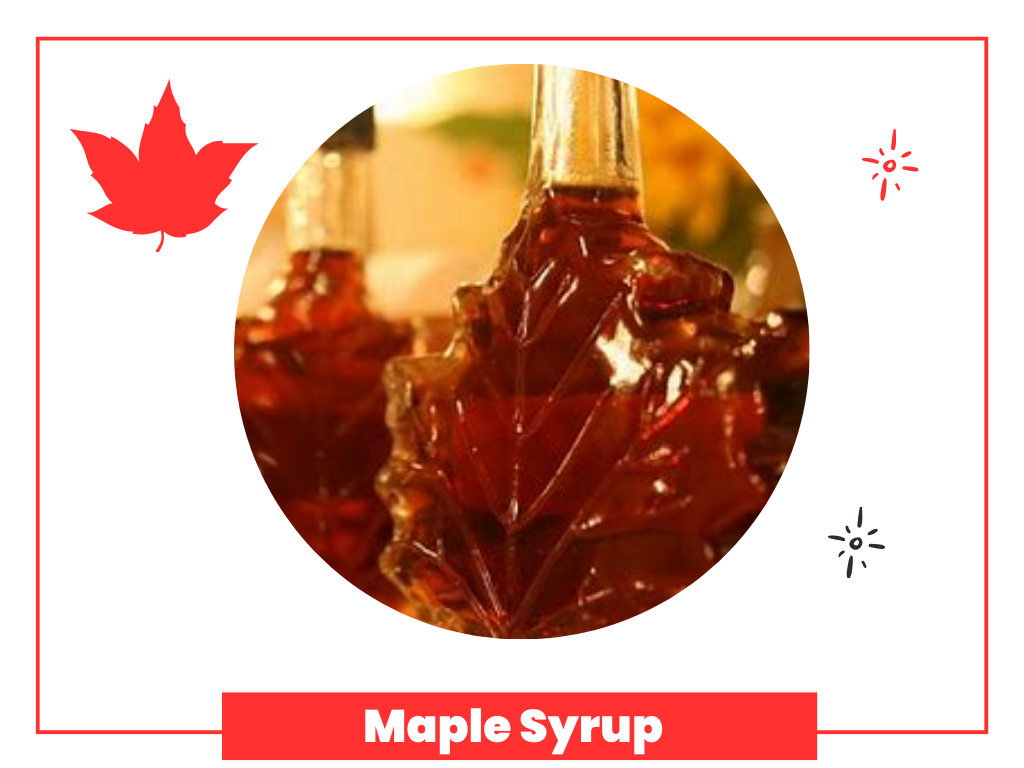
While not a dish per se, Canada is known for its high-quality maple syrup, often used as a topping for pancakes, waffles, or as a sweetener in various recipes.
Maple syrup is a natural sweetener made from the sap of maple trees. It is often used as a topping for pancakes, waffles, or as a sweetener in cooking and baking.
History of Maple Syrup
Indigenous peoples in North America were the first to discover and produce maple syrup. European settlers learned the process from Indigenous communities, and maple syrup production became a thriving industry in Canada, particularly in Quebec and Ontario. Today, Canada is one of the world’s largest producers of maple syrup, known for its high-quality and diverse grades.
Bannock
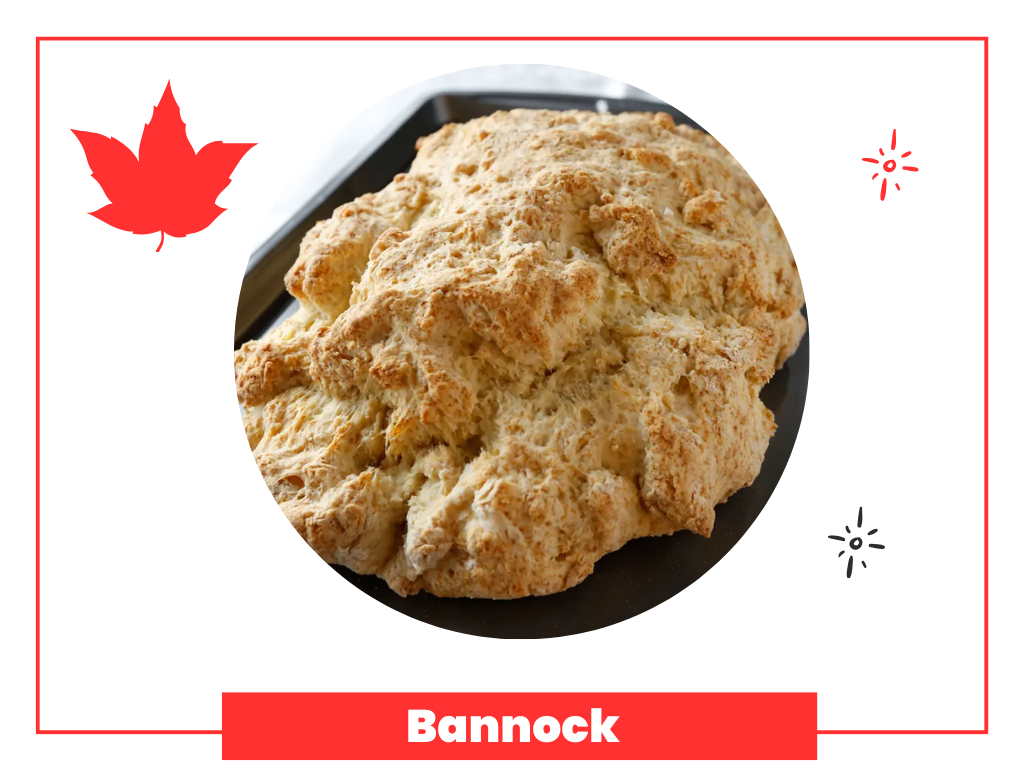
A type of flatbread that has Indigenous origins and can be baked or fried, often enjoyed with various toppings or fillings.
Bannock is a type of flatbread with Indigenous origins, traditionally made from simple ingredients like flour, water, and baking powder. It can be baked or fried and served plain or with various toppings.
History of Bannock
Bannock has been a staple food among Indigenous peoples in Canada for centuries. It was adapted by European settlers and fur traders and became a versatile and portable food item on the Canadian frontier. Today, bannock remains a symbol of Indigenous culture and is enjoyed in various forms across Canada.
Split Pea Soup
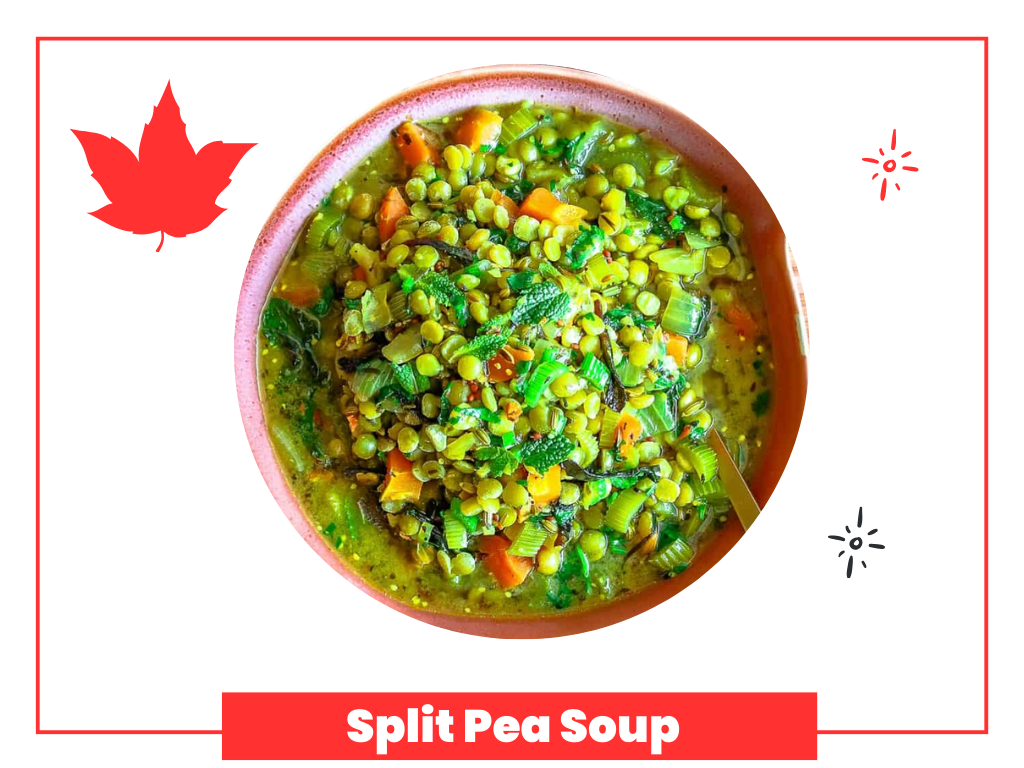
A hearty soup made from split peas, ham or bacon, and vegetables, commonly enjoyed during the colder months.
Split pea soup is a hearty soup made from dried split peas, often cooked with ham or bacon for added flavor. It has a thick consistency and is seasoned with herbs and spices.
History of Split Pea Soup
Split pea soup has European origins but became popular among Canadian settlers and fur traders due to its simplicity and nutritional value. It has remained a popular comfort food in Canada, particularly during cold winters, and is enjoyed for its robust flavor and hearty texture.
Wild Salmon
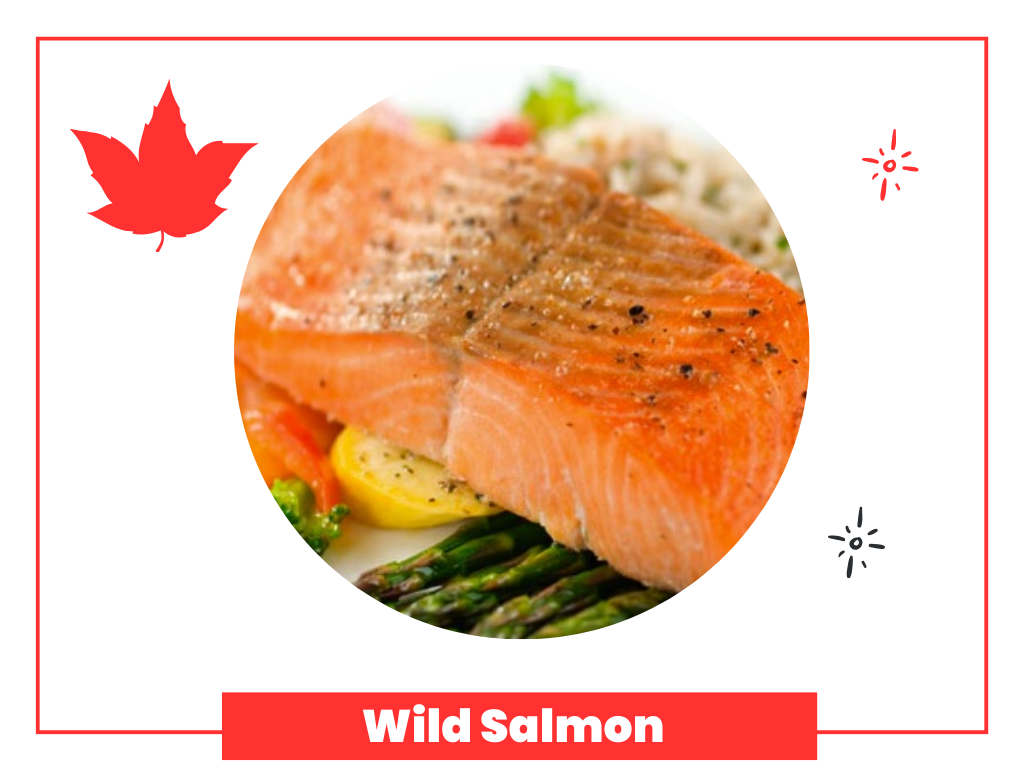
Particularly from British Columbia, wild salmon is a staple in Canadian cuisine, prepared in various ways from grilling to smoking.
Wild salmon refers to various species of salmon caught in the wild, particularly from the Pacific Ocean along Canada’s west coast. It is known for its rich flavor, firm texture, and health benefits.
History of Wild Salmon
Indigenous peoples in coastal regions of Canada have relied on wild salmon as a staple food for thousands of years. European settlers also recognized the abundance and quality of Pacific salmon, leading to commercial fishing industries. Today, wild salmon is celebrated in Canadian cuisine for its versatility and nutritional value, enjoyed grilled, smoked, or baked.
These dishes represent a blend of traditional Indigenous, French, and English influences that make up Canada’s diverse culinary landscape.





